To write about the different approaches and systems of the big two inmast furling brands Seldén and Sparcraft has a rather funny background. It happened about three weeks ago when I´ve had our first ever Oceanis 34.1 in the commissioning process. The boat is located in the deep South of Germany, Lake of Constance and had been pre-commissioned by our technical partner there. When I arrived, something seemed awkward. The mast. It was a Seldén rigg and since literally every Beneteau comes with a Sparcraft mast, I was puzzled.
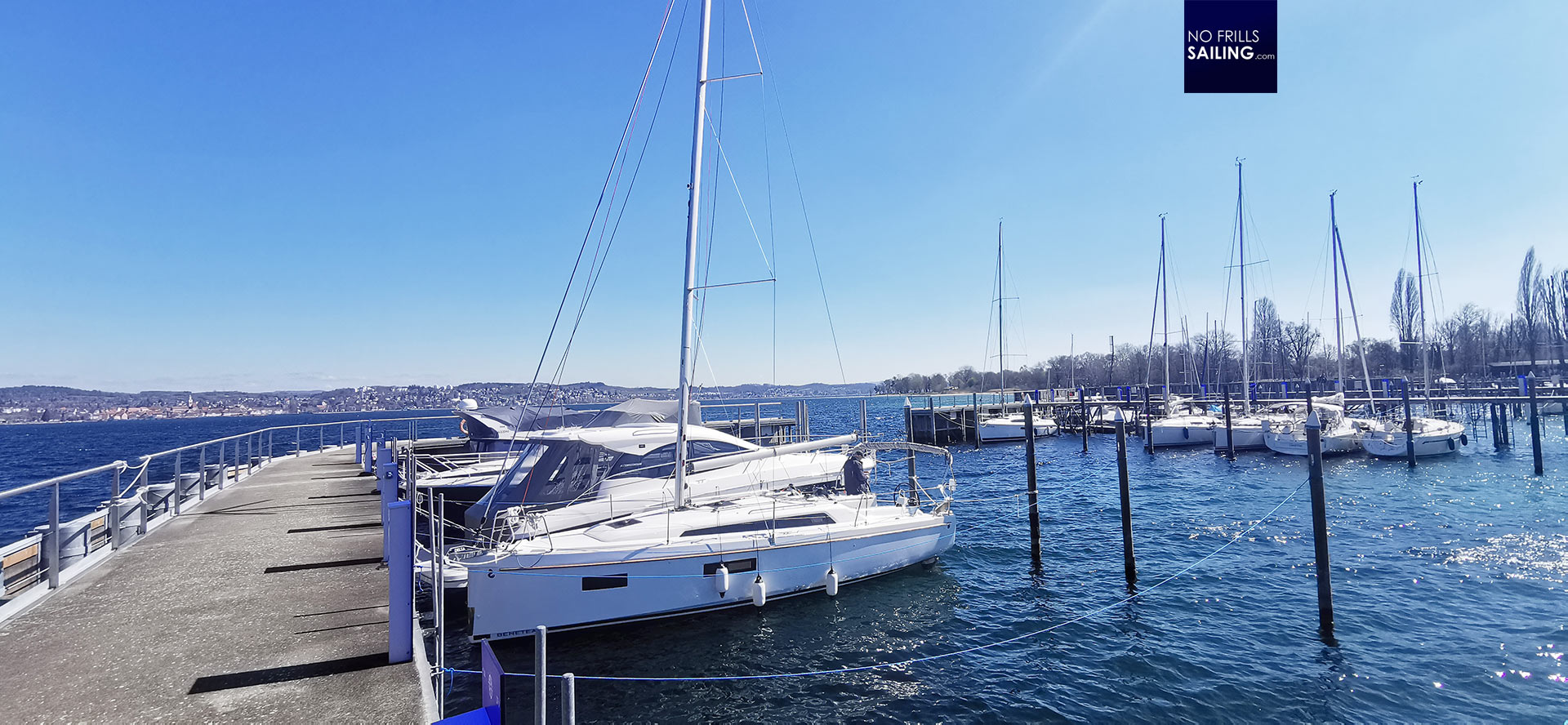
Inside of the yacht amongst the dozens of user´s guides I found the Seldén manual. It had the mounting instructions for an “S.O. 349” – meaning, the “Sun Oddyssey 349”. Oh boy! In panic I called the fellow Jeanneau dealer as I had feeling that something went very wrong: I had this very boat as an exhibit on a boat show in September 2022 and, traditionally, we have our Beneteau display right next to our sister brand Jeanneau. Of course, they had a Sun Odyssey 349 on display. What a mess!, I thought, and frantically called the dealer, the transporter and the yard: “The transport guys mixed up our masts!”, the message went around in Germany and reached France … I even called off the handover, our customer´s amusement was understandably a bit limited.

“Take it slow, Lars!”, the yard replied: “Everything is fine. We have Seldén now on the Oceanis 34.1. All looks good!” Ah. Oh. Well. Okay. I thought: That´s a surprise indeed! So, apparently, thanks to circumstances I have no insight into, skippers on the Oceanis 34.1 who have chosen the furling mainsail will now receive a Seldén rigg instead of our traditionally installed supplier, Sparcraft. That´s for the epilogue and my motivation to write this article – and here´s what I think of both systems.
Sparcraft inmast furling: The easy
Sparcraft is a US-american company that has a big production facility in the States and two more in France (or is it a French company with two facilities at home and one in the US? The website is a bit vague on this). The company is one of the largest manufacturers für rigging systems with an annual capacity of over 4.000 masts, which is indeed a staggering amount of riggs produced. Since over 50 years this brand is around.
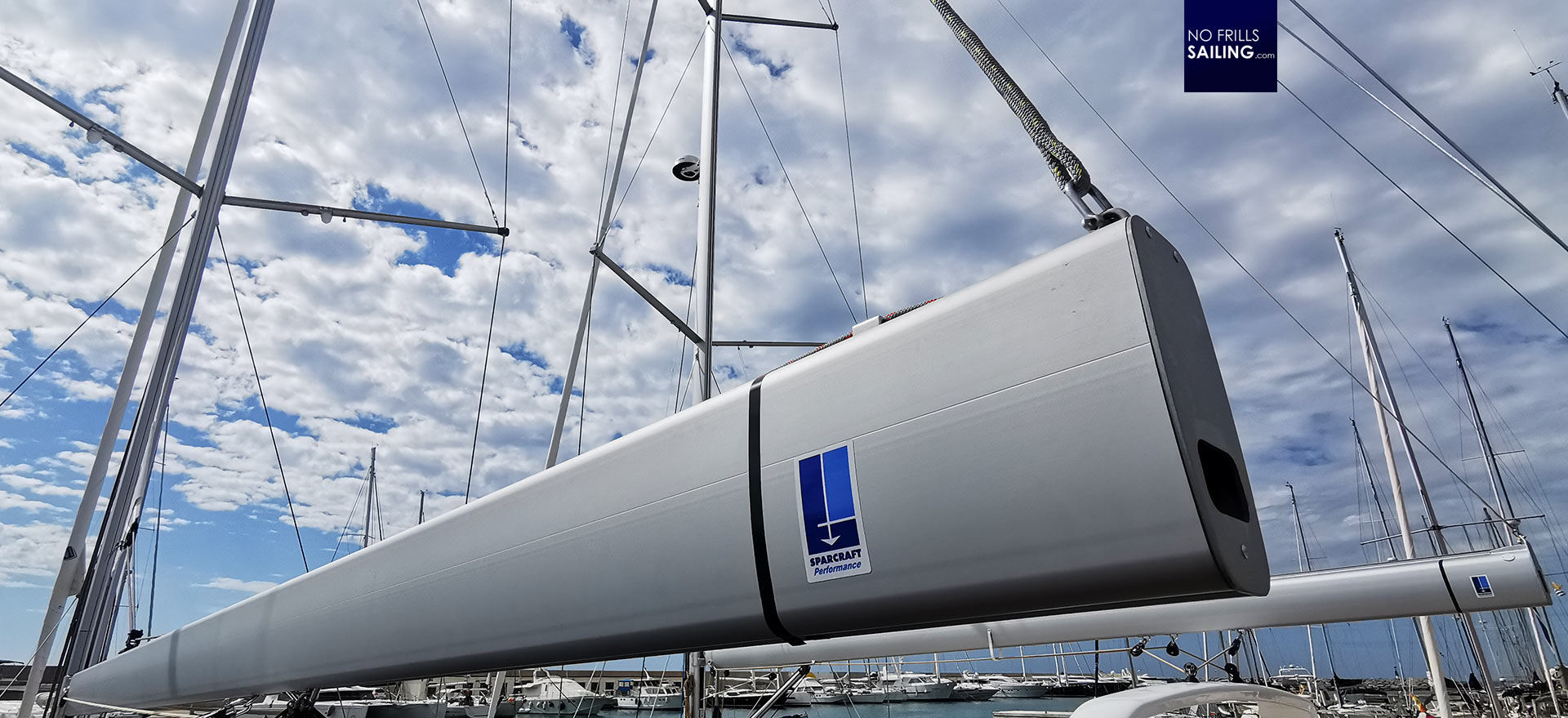
The inmast furling mainsail system by Sparcraft is instantly recognizable by the large open slid at the backside of the mast. This is where the luff-line enters the inner mechanics of the mast. The luff line is used to take in the mainsail that is furled around the rod which is located in the middle of the masts´s interior. You can see it on the picture below, which I have taken onboard the Oceanis Yacht 54:
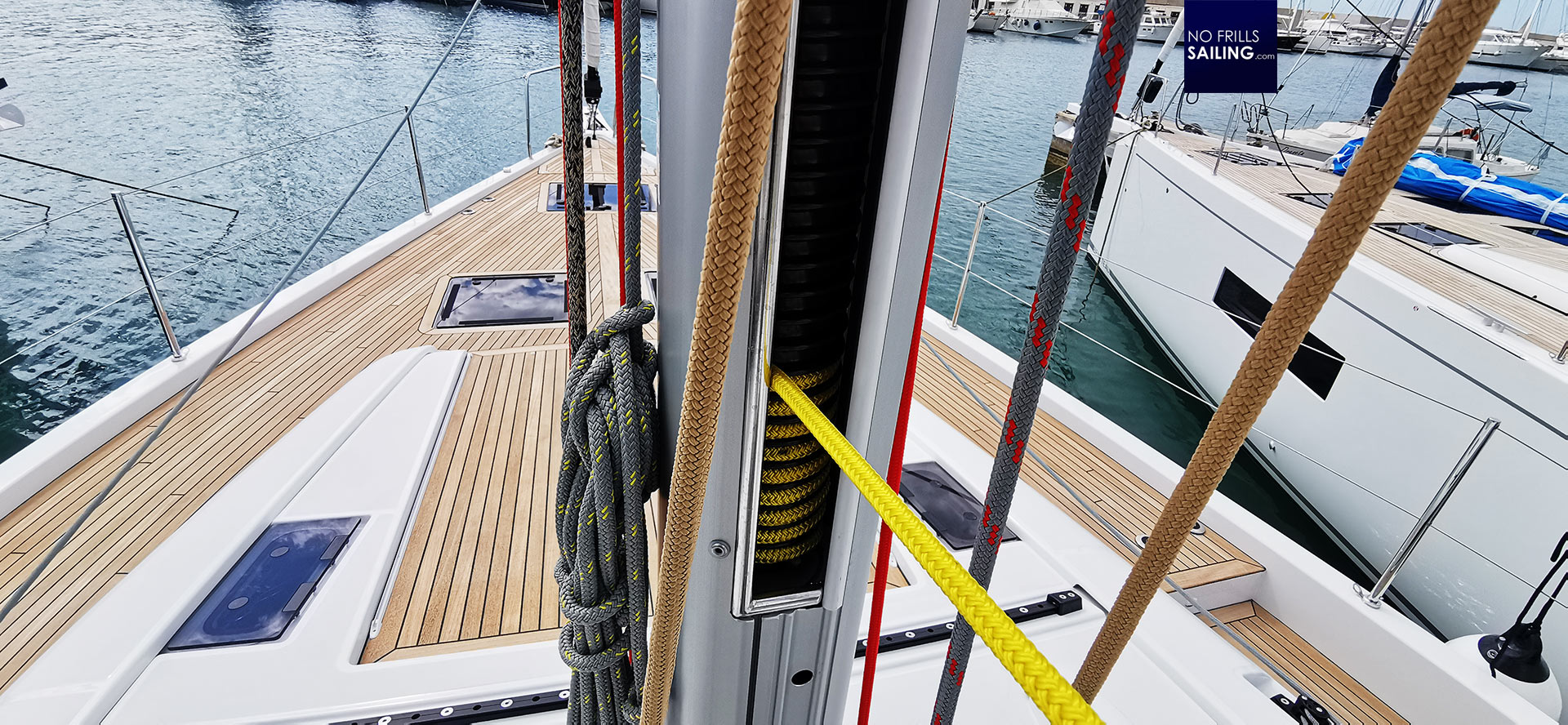
Operating the Sparcraft system is very easy: When “hoisting” the main, the skipper needs to open the clamp of the luffline so that the big spindle or shaft, that is visible inside the mast, can coil up the luff line. Whilst pulling the outhaul, the sail will come out – the spindle is turning this coiling up the luff. Later, when the skipper wants to reef or take in the sail, it works the other way round: Giving and easing the outhaul, one is pulling the luff line which now turns the spindle while it coils the rod, turning it, taking in the sail.

This is also what characterizes the Sparcraft inmast furling system: It is so easy since it needs just two lines to operate the mainsail´s size and sail area in the wind. Since up until the advent of the new 34.1 I´ve always sailed with Sparcraft and we have dozens of yachts in the water utilizing this system, I cannot say anything bad about it. Other than the usual: Always work the sail with some pressure on the canvas, prevent the sail cloth from buckling and when having performance sails with vertical batten be sure to take it in absolutely carefully with batten aligned to the rod.
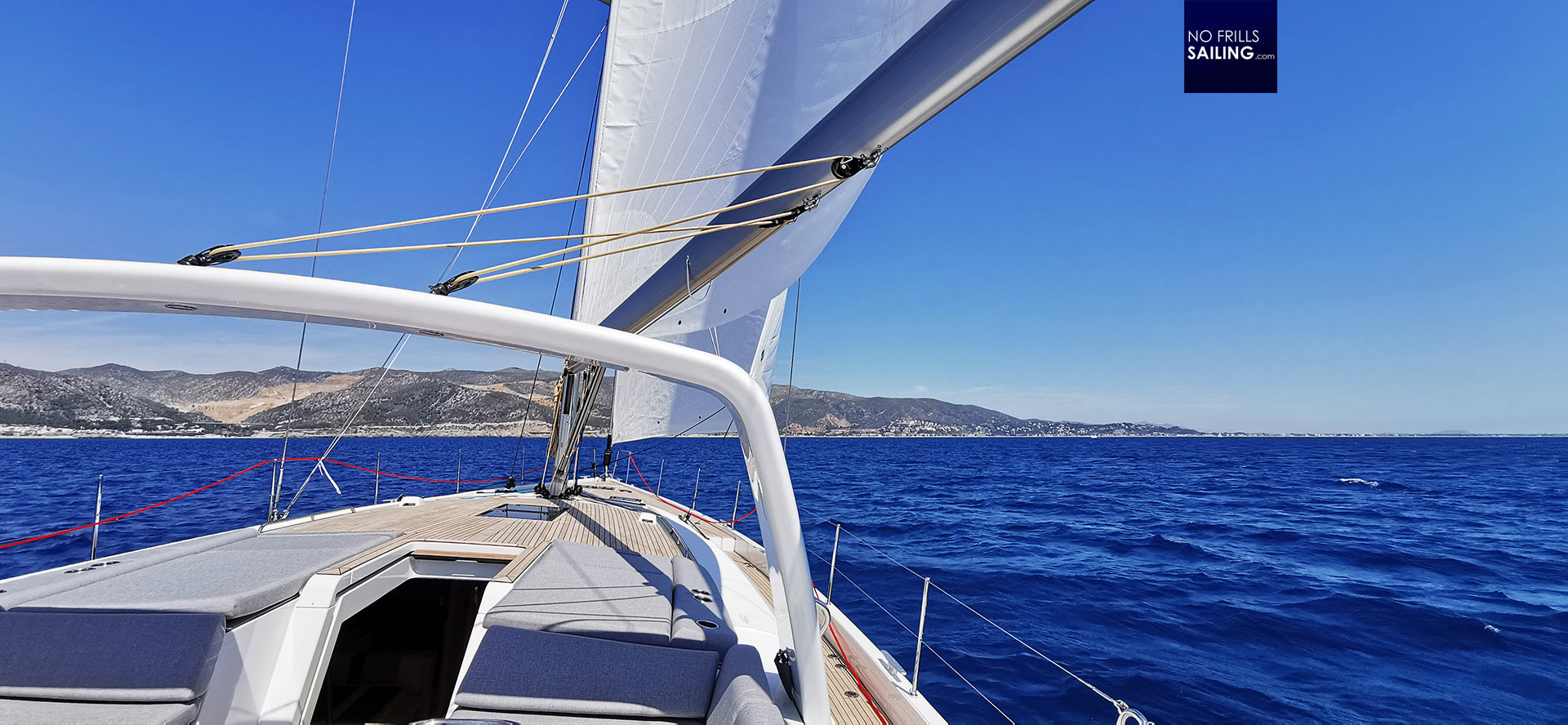
But why is it then such a big fuzz that Beneteau switched the provider of rigging from their traditional supplier Sparcraft to another one? Well, we can only speculate. I´ve asked the yard but the answers were vague. The reason may be the current apocalyptic conditions on the supply chain market and may have something to do with that. Or it is rooted in the vision of the new Oceanis 34.1 that is Marc Lombard´s design: This boat comes with an awe-inspiring mast rake of a bit more than 3 per cent (which is a lot for a cruiser) and a generally more sporty approach. I don´t know. So let´s loot at Seldén.
Seldén inmast furling: The elaborate
This is a Swedish company founded back in the Sixties, switching from making wooden masts for the Skerry Cruisiers to anodized aluminium. Seldén acquired Furlex in the early Eighties to provide furling systems for both main and fore sails. The brand is considered as elaborate and high class, although, naturally, both brands offer cheaper products and high-class solutions. Seldén has over 750 dealers worldwide and – at least I see them as those – is specialized in custom solutions for boats: The Excess 11 catamaran I sailed to Germany received a brand new custom rigging by Seldén and my new boat, the Omega 42 will also get a custom designed rigg built especially for me.
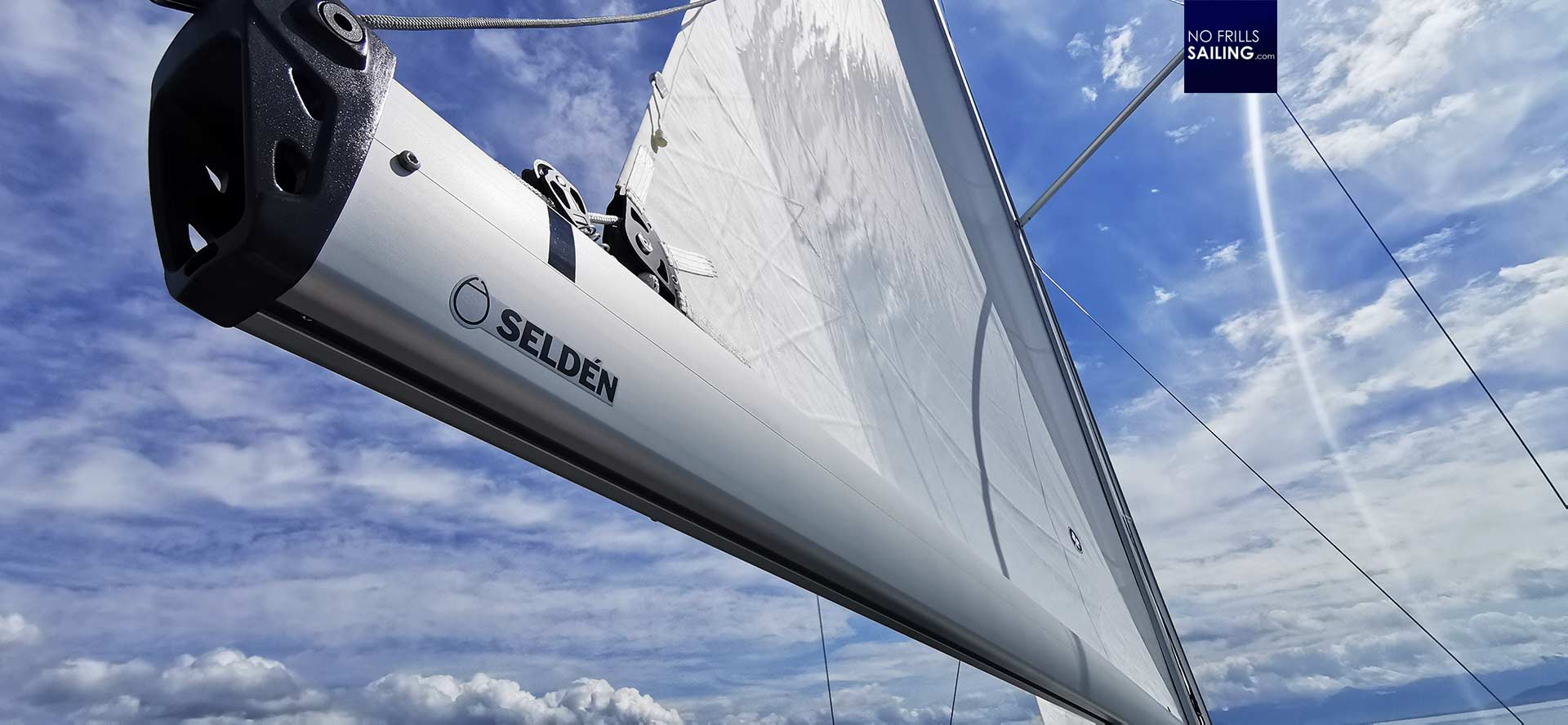
So why the “elaborate”? Well, whereas the large open slid with the luff-spindle is a trademark of Sparcraft, Seldén has one distinct feature too. It´s the ratchet winch on the mast foot. The luff line on Seldén boats is a loop, an endless-line that needs to be spliced together. The line runs over the ratchet at the mast´s foot and back into the cockpit. This winch has a lever that can be set to two positions: “Free” and “Ratchet”. What´s that?
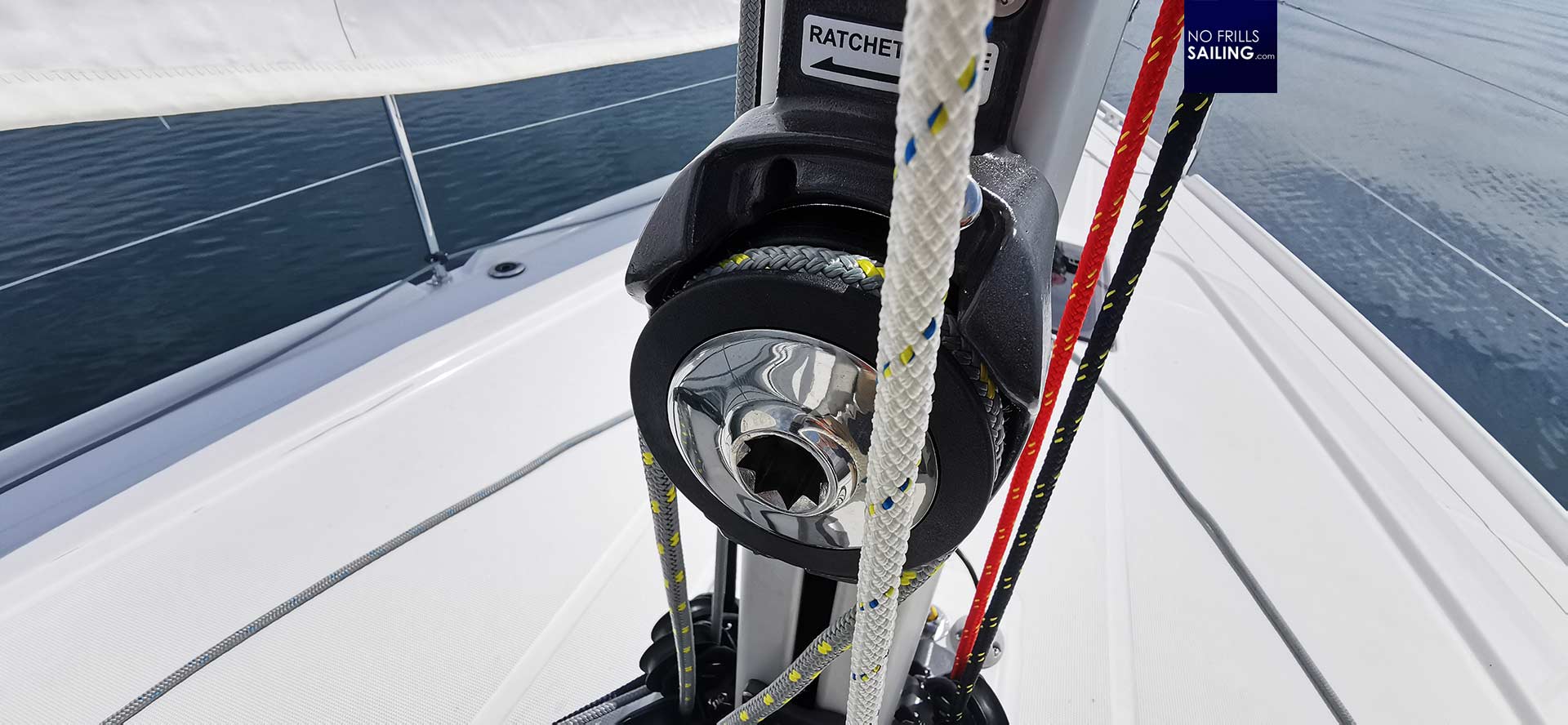
If set to “Free”, the ratchet is not engaged and the winch can turn in both directions: Getting the sail out and back in is possible. Operating it is factually the same as with the Sparcraft system. Opening the clamps (both!) of the endless luff-line loop, the sail may be taken out with pulling on the outhaul line. When reefing, veering outhaul and taking in sail area is a matter of course. When closing the clamps, the sail will remain at the designed position.

And here´s the main difference to Sparcraft: Whereas with the French/American system the whole load of the wind in the sail is cumulating within the reefing line. The one single clamp that secures the luff line will have to hold tight. In Seldén, especially when sailing offshore in very string winds, the solution is the winch at the mast. When set to “Ratchet”, the sail can only be moved in one direction: Inside. The winch blocks it from unfurling and also takes away the load from the luff line. The huge stresses are therefore passed right into the mast. This, I guess, reduced mechanical strain and also prevents the sail from accidentally unfurling completely in a strong wind situation.
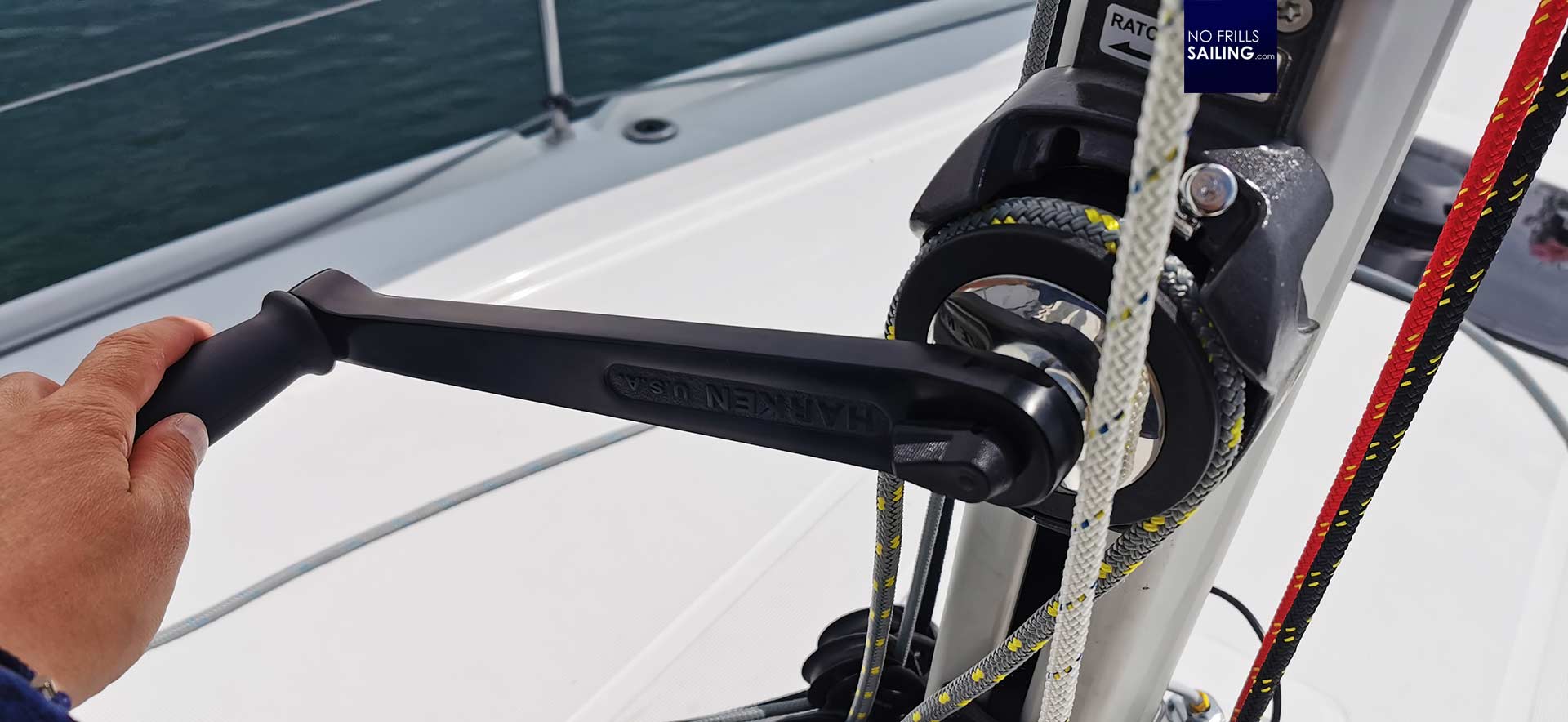
Also, the winch has another great feature. There are a lot of horror stories circulating around about furling gone wrong. Some of my clients had their encounters with blocked luff rods, half-furled/half-unfurled mainsails in strong winds and no chance to get the sails either in or out. Especially battened furling sails are prone to misuse and mishap. With Seldén there is a fallback: When nothing works by lines anymore, you can always stick a winch handle into the ratchet and turn the spindle inside. Very reassuring.
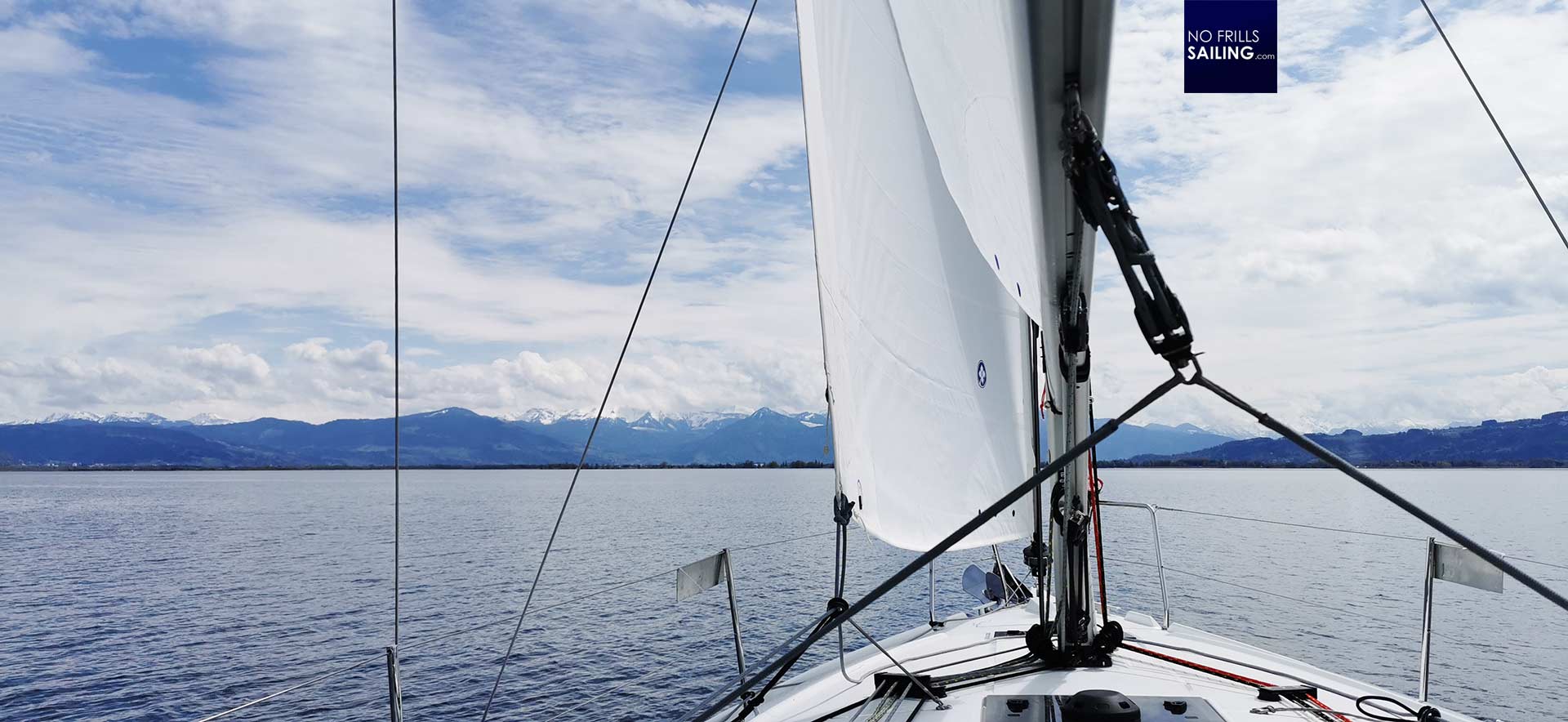
I am not a big fan of inmast furling systems for mainsails, no matter which brand. I would always opt for the classic full-batten mainsail and rather invest in high-grade sliders (with ball bearings). But of course I see the convenience and comfort in use of a mainsail that is furled. Especially the work after sailing, climbing into the boom and arrange the sail. I can also see the advantage of being able to reef stageless. But since on close and beam reach points of sail, upwind without question, especially the batten-less furling sails won´t have the power as a classic sail, this would always be a no-go for me.
Which one to choose?
If you are planning your new boat, for which brand would you go then? Seldén or Sparcraft? Well, that is not easy to tell. I personally like the easiness of Sparcraft and the fool-proof convenience of usage. Two lines – that´s it. But the large opening in the mast is also an invitation for water, salt, sand and dust to enter the mechanics and over time accumulate. I also see the advantage of the Seldén system that seems to me made for the “serious” long haul open seas sailor who occasionally faces foul weather and strong winds.
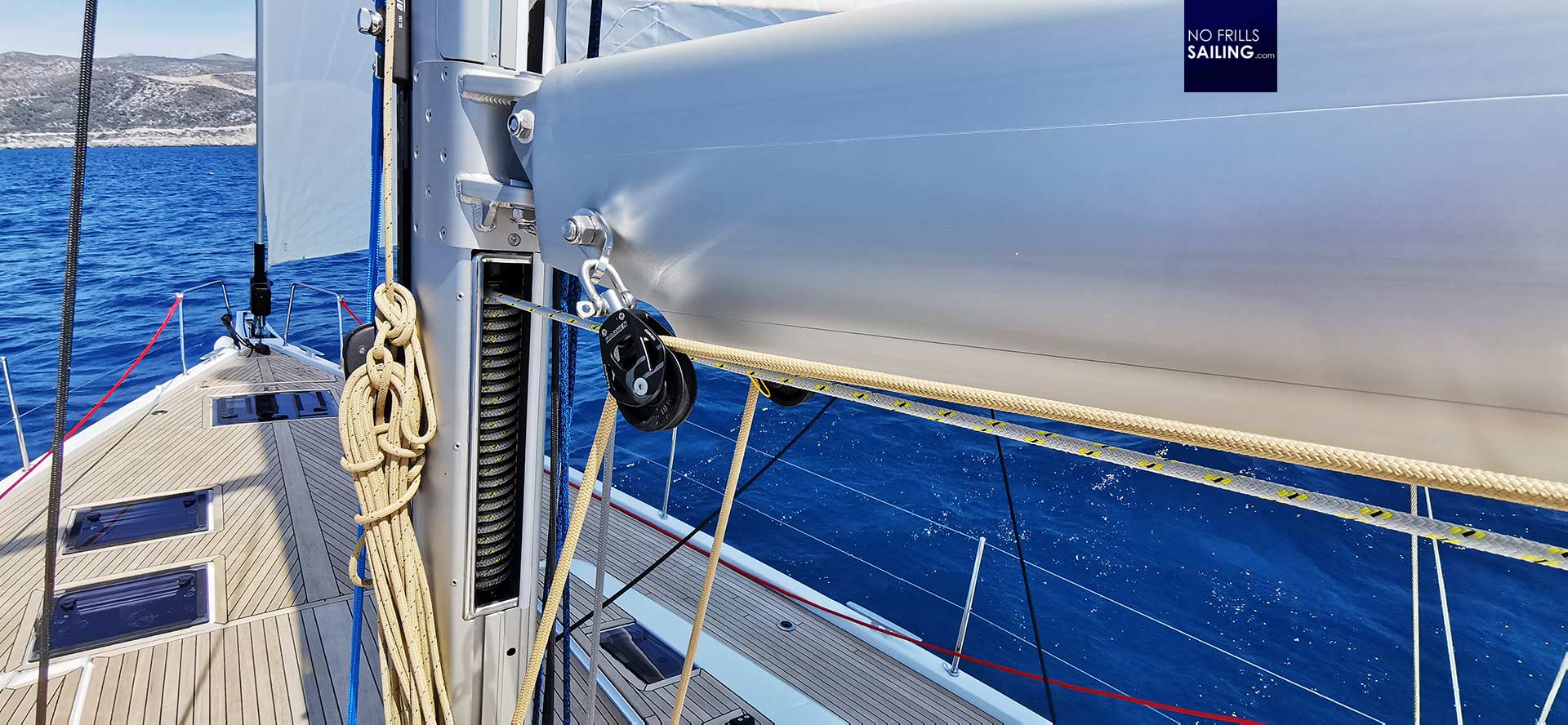
I´ve sailed both system, Seldén through the Bay of Biscay and Sparcraft more than enough on our Beneteau yachts. Knowing what you do as a skipper or sails trimmer is key to safely operate the furling systems, to prevent the sails cloth from receiving overturning folds or damage, to not jam the furling mechanism and being able to quickly reduce sail area when wind starts to increase. For my new yacht, I chose a complete rigging custom made by Seldén. This is my choice.
You may be interested in these articles too:
Quantum performance sails for inmast furling
First time rigging my own boat
Setting up a factory-fresh Gennaker
